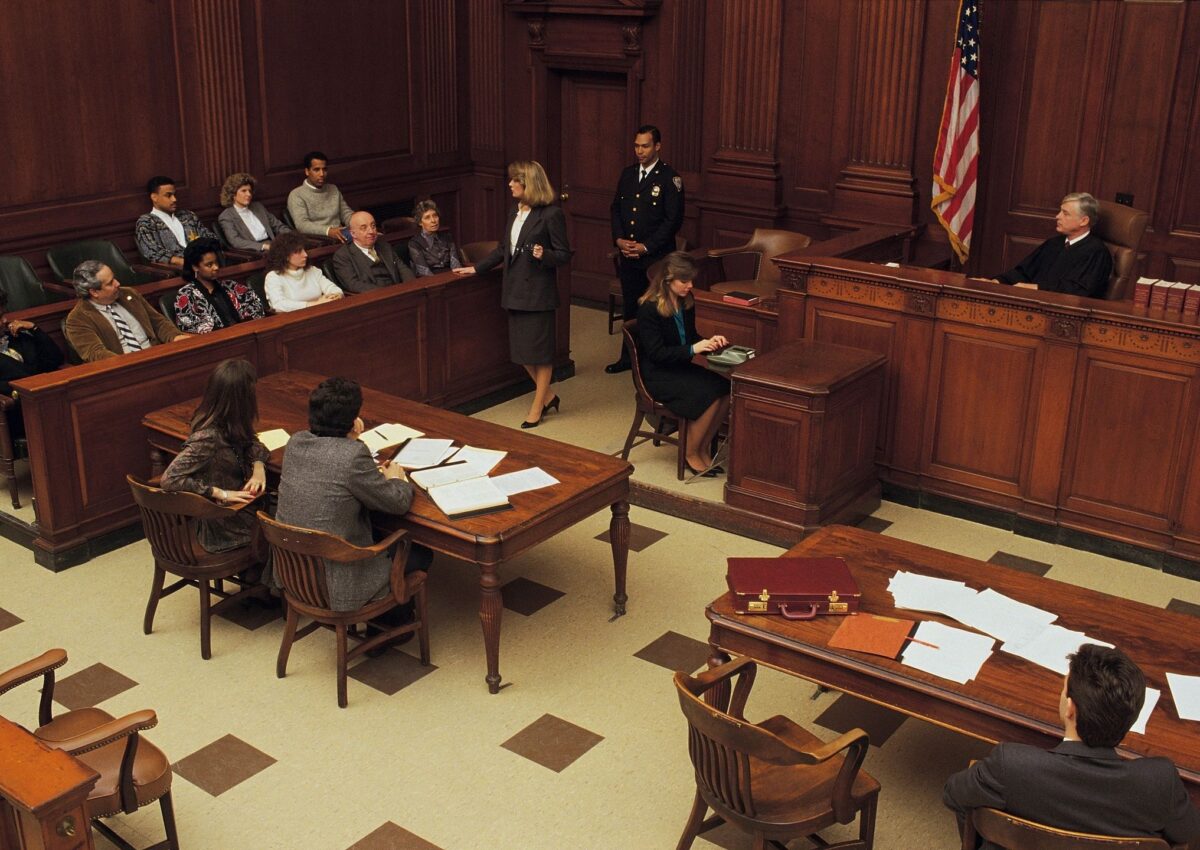
Instruction 2000 [Trespass—Essential Factual Elements]:
The plaintiff claims that the defendant trespassed on his property. To establish this claim, the plaintiff must prove all of the following:
1. That the plaintiff owned/leased/occupied/controlled the property;
2. That the defendant intentionally, although not intending to do so, [recklessly [or] negligently] entered the plaintiff’s property [or]
[intentionally, although not intending to do so, [recklessly [or] negligently]] caused another person/thing to enter the plaintiff’s property];
3. That the plaintiff did not give permission for the entry [or that the defendant exceeded the plaintiff’s permission];
4. That the plaintiff was harmed; and
5. That the defendant’s entry/conduct was a substantial factor in causing the plaintiff’s harm.
Entry can be on, above, or below the surface of the land.
Entry may occur indirectly, such as by causing vibrations that damage the land or structures or other improvements on the land.
Instruction 2001 [Trespass—Extrahazardous Activities]:
The plaintiff claims that the defendant trespassed on her property. To establish this claim, the plaintiff must prove all of the following:
1. That the plaintiff owned/leased/occupied/controlled the property;
2. That the defendant was engaged in extrahazardous activity;
3. That extrahazardous activity caused something to enter the plaintiff’s property;
4. That the plaintiff did not give permission for the entry [or that the defendant exceeded the plaintiff’s permission];
5. That the plaintiff was harmed; and
6. That the defendant’s conduct was a substantial factor in causing the plaintiff’s harm.
Entry can be on, above, or below the surface of the land.
Entry may occur indirectly, such as by causing vibrations that damage the land or property on the land.
[Judicial Council Of California Civil Jury Instructions]
Law Offices of James R. Dickinson – 909-848-8448
How To Schedule A Consultation:
Please call us at 909-848-8448 to schedule a free consultation/case evaluation or complete the form immediately below. [Please note certain formalities must be completed to retain the Law Offices of James R. Dickinson, such as the signing of a legal fee agreement [see “Disclaimers”]].
